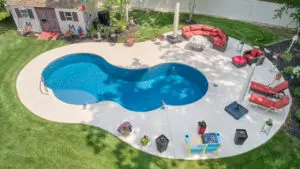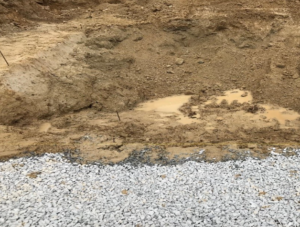
Do You Have a Good Yard For an Inground Pool?
Here is a question that you may not find many pool retail companies quick to want to bring up. And that is, “Can you even put and in-ground pool into your yard?” Now the reason they won’t mention this question might not be





